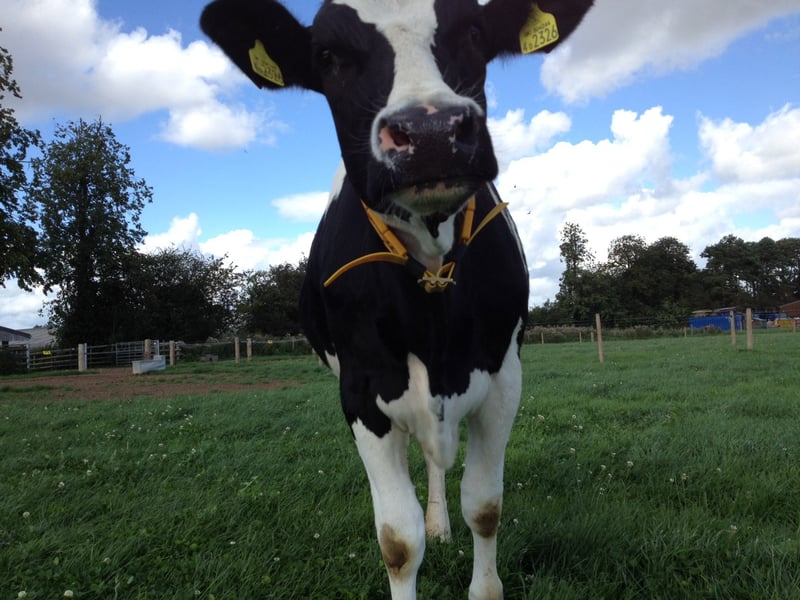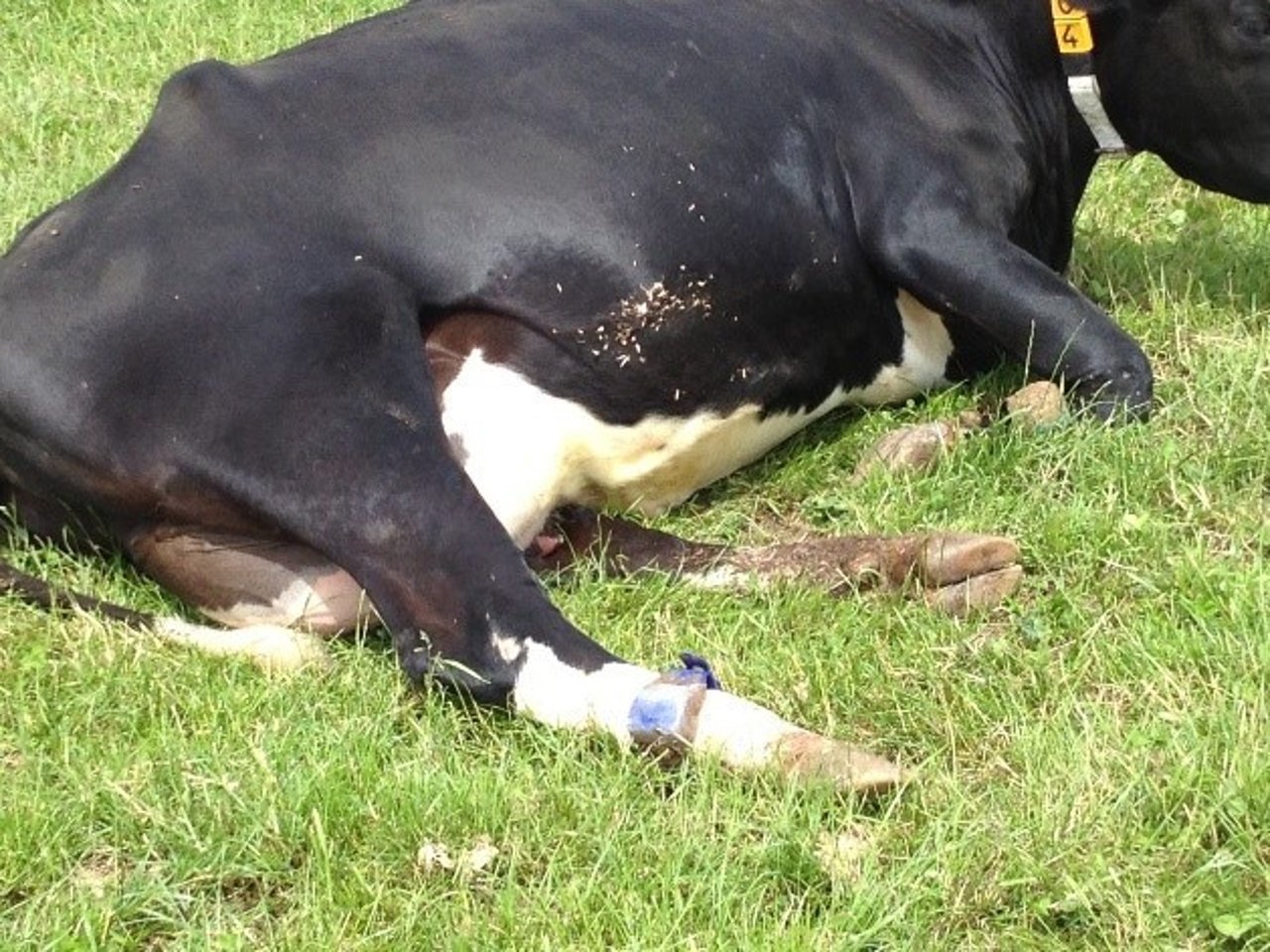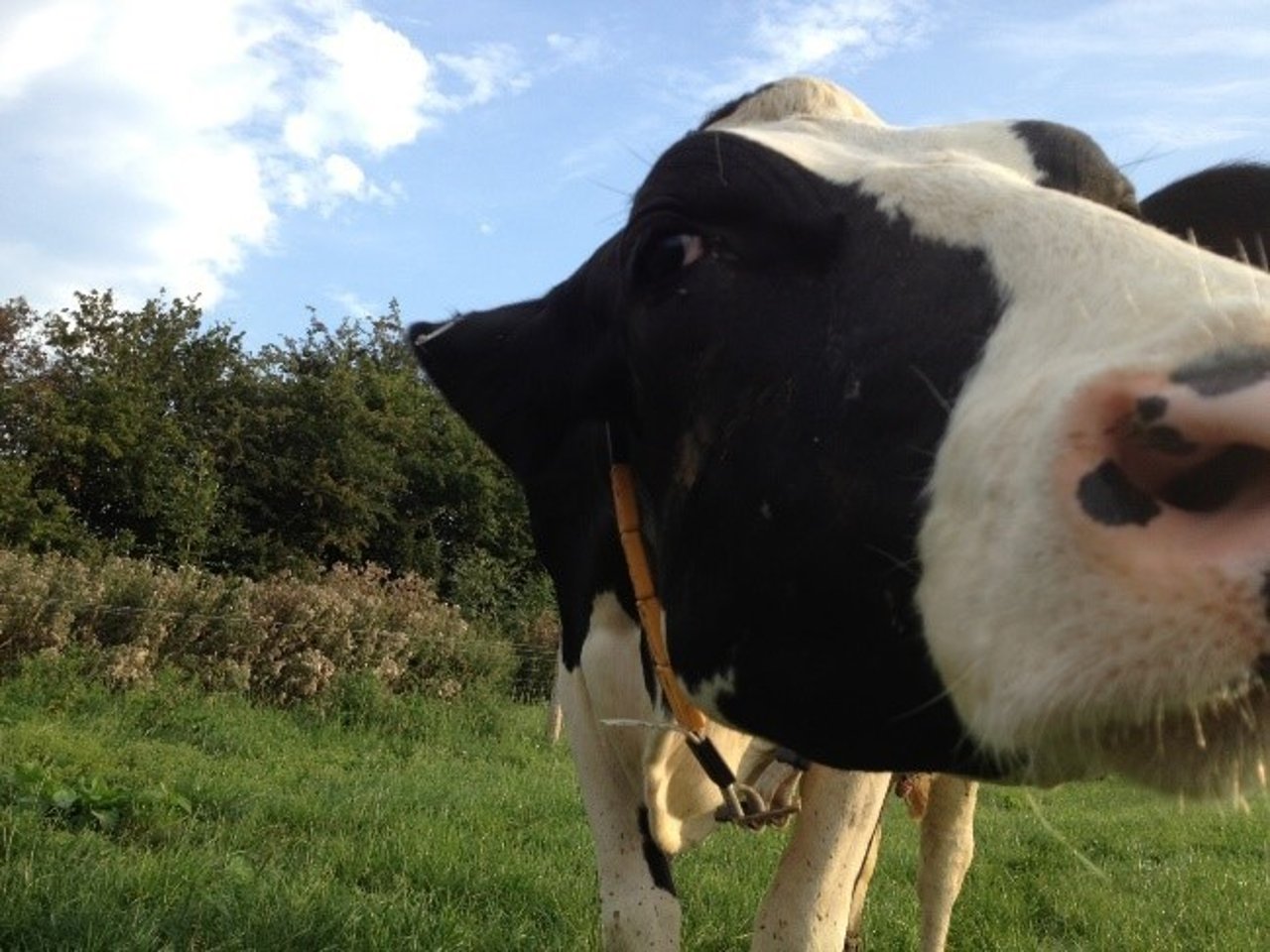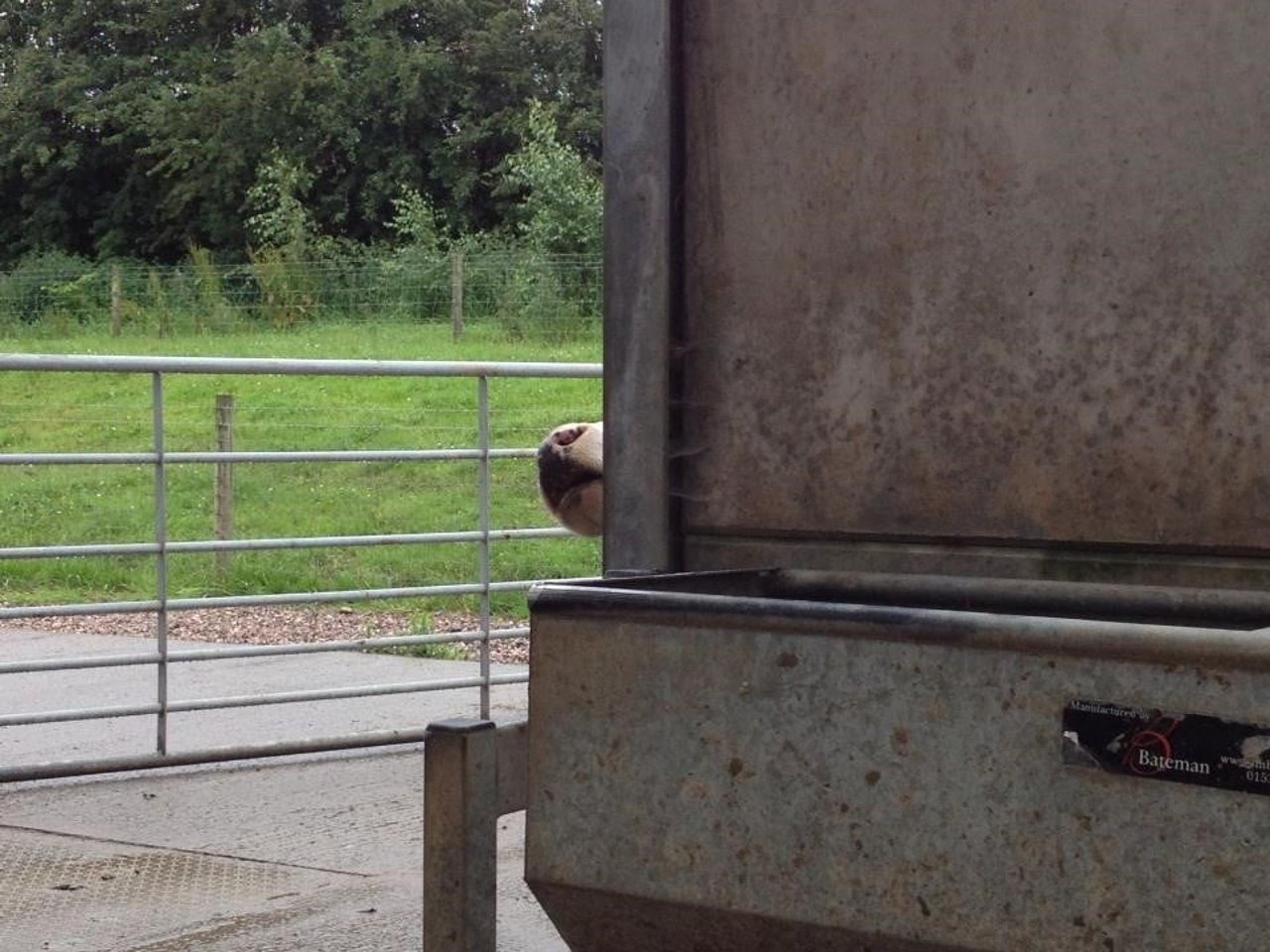
Wearable tech keeps farm animals healthy too
News
World Animal Protection’s Animal Welfare Specialist Priya Motupalli talks about how technology helps us monitor and improve animal well-being on farms
Technology in our ever-evolving world has enhanced many aspects of our lives – and for many, has become a necessity. World Animal Protection’s Animal Welfare Specialist Priya Motupalli talks about the effect technology has on cows and chickens and the various ways it can improve their lives.
Priya Motupalli
This week I learned about Fitbit rash. Yes. This is a thing. People are ditching their fancy pedometers—and probably their fitness inspired resolutions for 2016—due to skin reactions associated with wearing the device. However, alongside cake of course, these consumers should take comfort in the fact that even if they aren’t getting much use out of that pedometer, animal welfare scientists certainly are!
We use a similar method (taking it one step further with an accelerometer that measures changes in velocity) to help track lying, standing, and walking behavior in dairy cows. It sits just like a bracelet on one of their rear legs. Disclaimer: although these ladies wore Fitbit-like devices they were not subject to Fitbit-like rashes!
Accelerometer: detects differences in g-force to determine whether an animal is lying, standing, or walking
This girl is really fancy as she's got two bracelets! A pedometer and an accelerometer (a bit overkill, really)
Tracking these behaviors can help us to monitor disease, optimize production, and generally let us know if a cow is doing okay. In particular, lying behavior is incredibly important to dairy cows (as they work really hard to produce milk for us) and being able to detect changes in individual cow resting behavior helps us to optimize their well-being. Could we do this without this technology? Sure. Farmers and scientists have been doing it the old fashioned way for a while—but as you can imagine it’s time consuming, cows certainly don’t always want us around, and the sheer amount of data that can be collected without you having to stare at a cow for days while trying not to nod off and accidentally fall face-first into a lovely pile of cow poo is amazing.
Sometimes, really simple things also get in the way of our ability to observe animals as well: our vision might be restricted because a cow decides to duck behind a solid gate, it might just be too dark to see the cows when they are outside, or cows might even be too interested in you and change their behavior based on your presence—completely invalidating all your hard work! In these instances, it can be really helpful to have technology on your side supplementing your efforts.
A heifer this close to your face pretty much ruins your chances of getting reliable data!
Can you spot the cow?
Technology like this isn’t just restricted to improving cow welfare. Researchers at Michigan State University and the Norwegian University of Life Sciences are developing and refining a body-mounted sensor to detect jumping and landing force in laying hens.
Banerjee et al., 2014
As the US egg industry moves towards cage-free systems over the next decade, it is important to develop housing that safeguards hen well-being. One of the features associated with cage-free housing that you don’t see in conventional cages is perches. Perches are great! They allow hens to engage in natural roosting behavior, improve bone strength, and allow birds to simply get away from other hens when they aren’t feeling particularly social.
This hen is definitely making good use of her perch!
On the flip side, current cage-free housing systems tend to make use of vertical space by creating multiple tiers—so perches are located at different levels within these units. This is positive, because hens like using vertical space and like to perch high up, but it puts them at risk for crash landings or painful impacts with the environment as they navigate the tiers leading to keel (breast) bone breakages.
Palpating the keel bone is a common way to check for deviations or breakages on live birds - and hen "health checks," like the one you see me performing in this picture, are a good cover story for when you just want to snuggle a hen! Photo credit: Penny Sawyer, HSA research manager, World Animal Protection
Being able to detect jumping and landing force (which we would certainly struggle to do without a little gadgetry) helps us to better understand a) how hens move in their environment and b) how this movement can result in injury, if at all. Injury might be due to jumping force, a faulty landing, or other factors. If we can understand this, we can modify the housing system (i.e. establish safe heights for hens to jump and land) to avoid these painful breakages.
To sum:
Technology can be really helpful!
- It can help farmers and scientists monitor changes in animal behavior that have direct impacts on animal well-being and subsequently production
- It can assist researchers when they ask questions about how animals perceive and use their environment
- It can help us better design and manage housing systems
All good things for animal welfare!
*All photos unless otherwise noted are credited to Priya Motupalli
Priya Motupalli is an Animal Welfare Scientist with World Animal Protection. She advises on animal welfare and best practice on farm via an evidence-based approach. Prior to her work with World Animal Protection, Priya received her PhD in Applied Animal Behaviour and Welfare from Harper Adams University in the UK. Her research focused on dairy cattle preference for pasture, and the welfare and production implications of allowing farm animals to have control over their own environment. Alongside scientific publications, she has been featured in Meat Management Magazine for her excellence in science communication and written invited guest pieces for the Scientific American online blog network.
Tracking these behaviors can help us to monitor disease, optimize production, and generally let us know if a cow is doing okay






